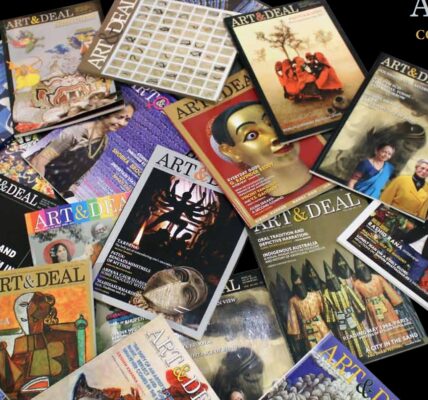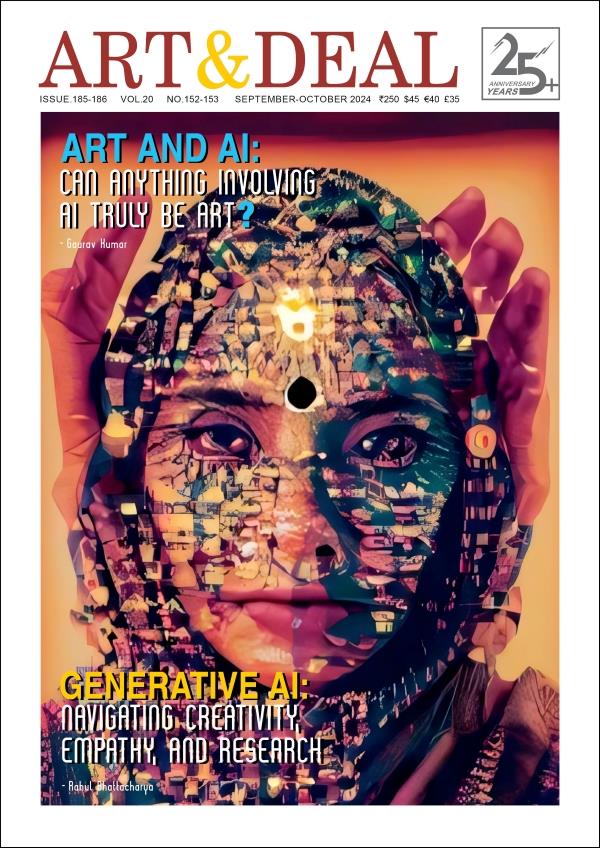 May is here, the streets littered with blossoms, yellow droplets of the sun, they hang on trees joyous despite the uncomfortable heat. Maybe, we humans shall adapt to the increasing range of temperature in the future! As of now, we are not nearly as concerned as we should be about the disasters we are fabricating for ourselves and the generations to come. Artist Vibha Galhotra strives to create awareness about the environment in her recent exhibition [In] Sanity in the age of reason.
May is here, the streets littered with blossoms, yellow droplets of the sun, they hang on trees joyous despite the uncomfortable heat. Maybe, we humans shall adapt to the increasing range of temperature in the future! As of now, we are not nearly as concerned as we should be about the disasters we are fabricating for ourselves and the generations to come. Artist Vibha Galhotra strives to create awareness about the environment in her recent exhibition [In] Sanity in the age of reason.
Auction houses have enjoyed a duopoly globally for a while now. However there are some houses that are older and have been in business consistently in their chosen genres, namely Dorotheum established in 1707, is one of the world’s oldest auction houses, with its headquarters in Vienna and offices in various important cities like London, Munich, Düsseldorf, Milan, Rome, Prague, and Brussels, all of which hold regular previews of the major auction items. Dorotheum is today the largest auction house in German-speaking Europe as well as a leader in central Europe and one of the oldest and largest auction houses in the world. Rajesh Punj Interviews Dorotheum’s London Director Martina Batovic, specialist in contemporary art.
Irene Müller and Dorothea Rust talk about how different curatorial approaches shape the experience and perception of a performance. The same set of artists, about 130 of them from different regions in India, performed in two different spaces. At the Bangalore event the authors were involved as co-curators whereas in Kochi they were just viewers with no active immediate involvement except being a spectator. They evaluate their common features and differences as well as their particular characteristics depending on the site and context. Dr. Ganesh Nandi applauds the effort by the local sculptors of Barak Valley for their Rupakar initiative. A Wood Carving Camp with artists from South of Assam. What is commendable is that the sculptors organised it on their own initiative without any help from the Lalit Kala Akademi except the space and wood & carving tools they generously provided.
Next, we focus on a recent panel discussion that raised concern regarding the revival of the lost art of Billboard paintings. I spoke about how at one time in Kolkata where people used to start painting whenever and wherever they saw an empty wall and how companies used to hire paid artists to create billboard artwork. Uma Prakash takes a look at the Kochi-Muziris Biennale exploring the varied displays, installations and performances, discovering how the sites attributing to their history and geography were a part of and contributed to the essence of the art presented. Lastly we have a review from Delhi. Hope you enjoy.
Happy Reading! Siddhartha Tagore
Read More>> Please Subscribe our Physical Magazine

